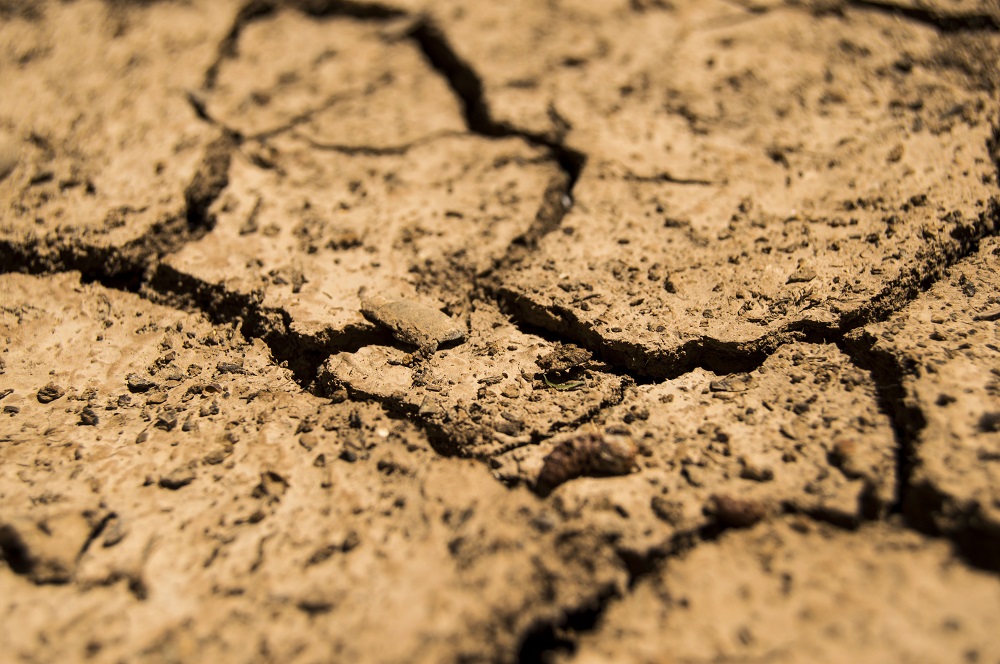What To Know About Living In A Harsh Climate & How It Can Impact Your Home

Living in a harsh climate may be just as hard on your home as it is on you. However, professional or other obligations may force us to live in areas that don’t have the nicest weather. Let’s look at what you should be aware of when it comes to living in such areas and the damage it can do your home.

Northern climates generally feature long winters and temperatures that can approach or go below zero degrees Fahrenheit. To survive such weather, it is important to seal any cracks or crevices that may allow cold air to get into a home. Keeping a steady flow of air may prevent pipes from cracking or bursting. Adding extra insulation in the attic may further help your home retain heat.
Dealing with the heat depends on what type of air mass that you are dealing with. In areas where the air is dry, you will want to have a hose handy at all times. This is because dust can easily be kicked up and land on your home. In areas where humidity is concerned, make sure to wear light clothes, drink plenty of water and stay indoors whenever possible. To keep your home in good condition, make sure that there is plenty of ventilation to keep moisture from pooling inside of it.
In desert areas, there may be only a couple of inches of rain or snow per year. To overcome this, homes should be built with materials such as stucco or clay tiles. It may also be a good idea to have the home’s foundation inspected on a regular basis as dry weather could compromise its structural integrity. If there are any cracks, then have the foundation be repaired.
In some cases, living in areas where the weather changes throughout the year can present its own challenges. It is important that the roof and other components of a home are checked every six to 12 months. This makes it easier to detect and take care of water and pest issues in a timely manner.
Although you can’t control the weather, there are ways that you can limit the damage that it does to your home. By understanding what different weather conditions can do to your property, you can be better able to take steps to protect your home and the investment that you have made in it.
